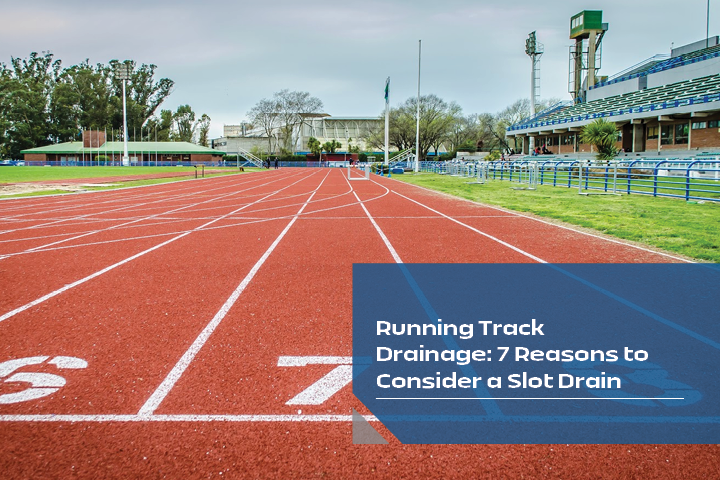Running tracks seem simple on the surface, but they require significant planning, from size to materials to slope to even drainage. In order to help with a track’s condition and overall longevity, proper drainage is a vital consideration, because without it, a running track is more likely to stay wet longer, creating dangerously slick surfaces and increasing the chance of track erosion.
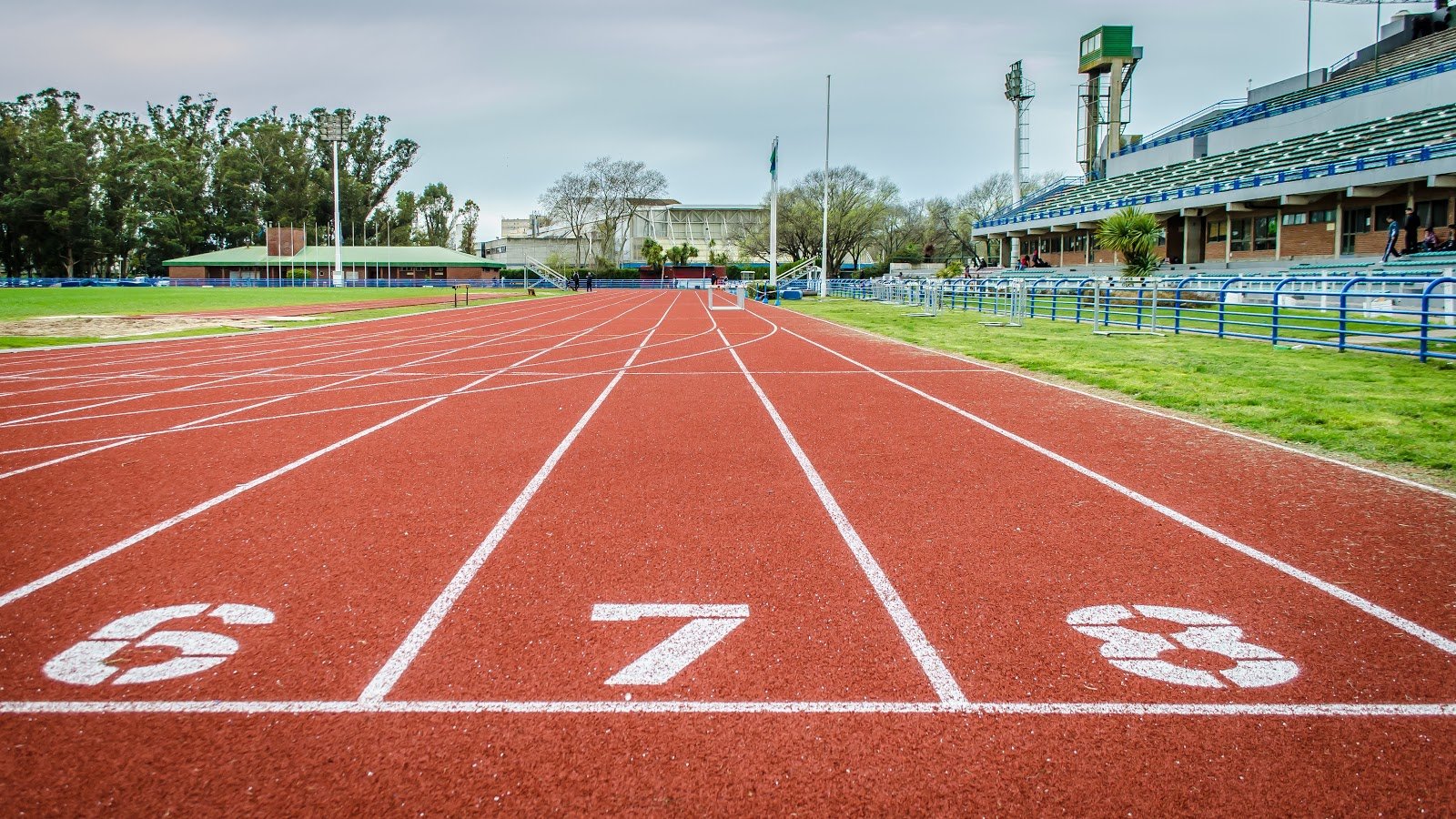
This makes choosing the right drainage system all the more important, since you’re going to rely on it to automatically help you maintain your track. A slot drain is a trench-style drainage system that is similar to a traditional trench drain, with some notable differences that make it more suitable to be used.
Here are seven reasons why a slot drain is the drainage solution you should choose for your running track:
1. It’s safer for runners
Safe running conditions are an imperative consideration when designing a running track. The surface needs to be free from potential safety hazards, like standing water, divots, and even trench drain grates, which runners and spectators can trip over.
This is the perfect scenario for a slot drain, since they have a much slimmer channel opening, removing the tripping hazard altogether. Slot drain openings are as small as 0.5 inches, allowing water to pass through without the chance of someone twisting their ankle.
2. Better options for materials
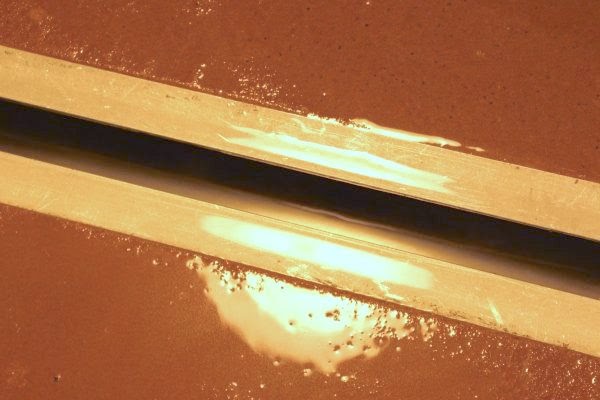
Since a slot drain channel gets installed underground, it needs to be made of materials that you can rely on to withstand constant use. You also need to make sure that the drain system meets the right load requirements, is easy to install, and is able to withstand the climate of the area.
The 6000 Series Slot Drain can be made from either galvanized or stainless steel and the 7000 Series Slot Drain is made from stainless steel. Galvanized steel has a zinc coating that creates a durable drainage system, capable of resisting chemicals with moderate pH levels, whereas stainless steel offers more durability and the ability to withstand harsher chemicals.
Stainless steel is also better able to withstand extreme temperatures, making it a perfect option for any climate. Both systems are rated Load Class C, allowing them to stand up to heavy traffic.
3. Sleek design
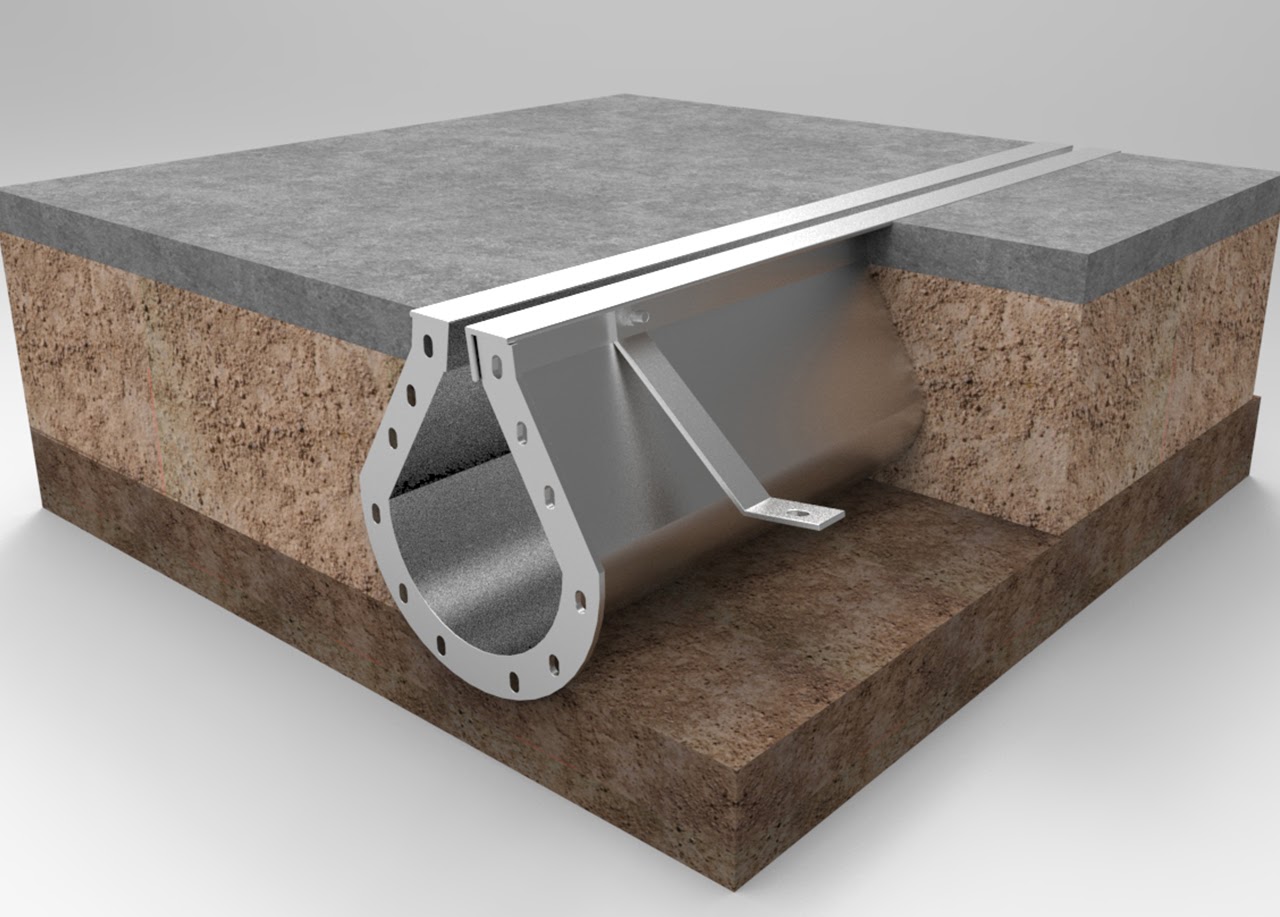
Traditional trench drains, while functional, just aren’t very pretty. They have large grates that are just as heavy as they are unsafe for runners. The slot drain design eliminates the safety hazard and offers a sleek, modern look with a slim profile.
4. Better flow rates means faster drying

One common problem with track drainage is insufficient flow rates, which means water will stay on the surface longer. That means that the ground will be slick and unsafe for runners, making the track unusable until it has completely dried. Standing water can cause the track surface to erode more quickly, requiring costly repairs.
The slot drain’s pre-sloped systems make it easy for water to flow through the channel, which provides higher flow rates, from 11 to 27 gallons/minute/foot, depending on which slot drain model you choose. With better flow rates, water will drain much faster, and the ground will dry sooner, allowing the track to be used more while remaining in good condition.
5. Easy installation and retrofitting
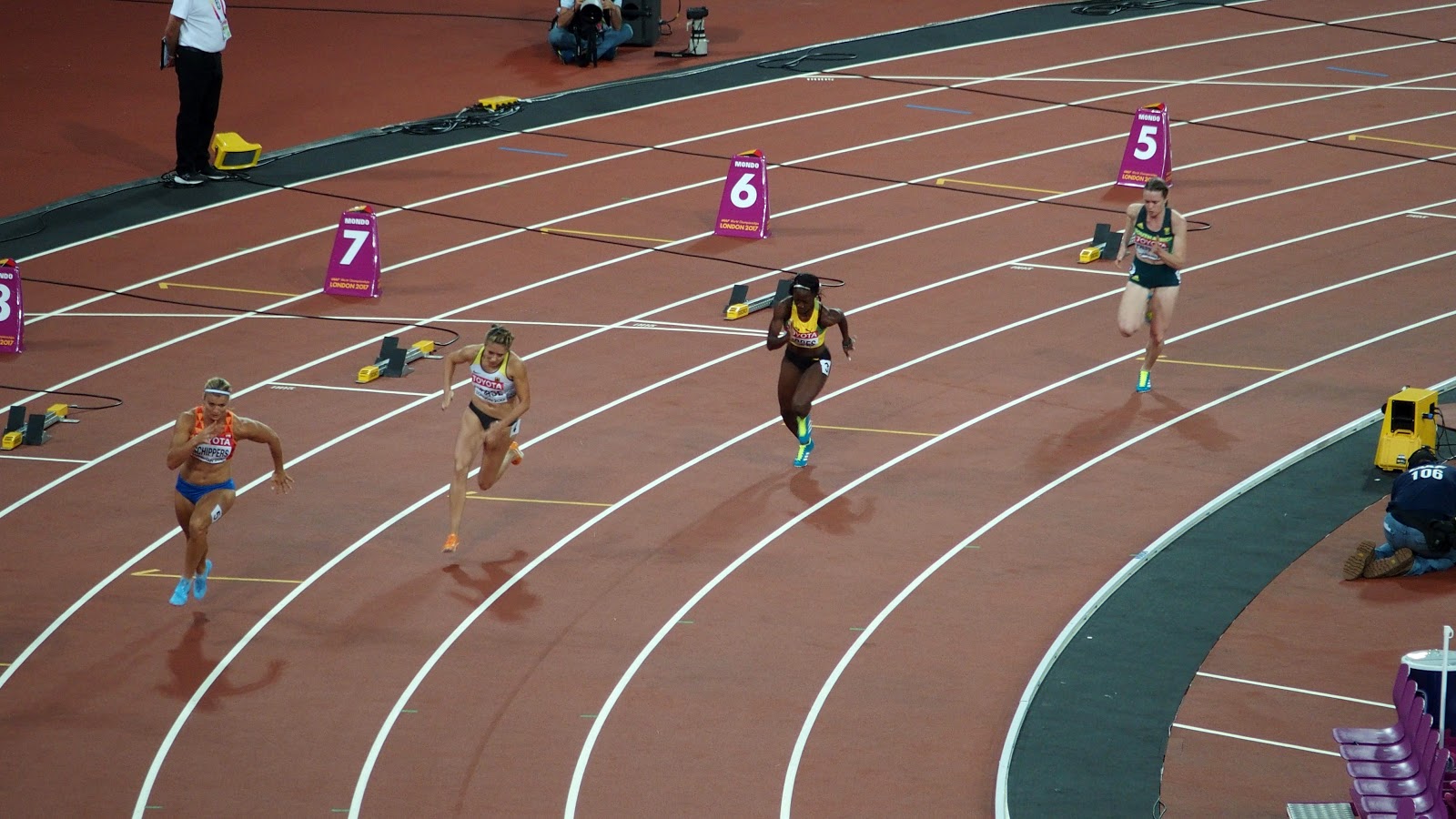
Ideally, you want a track drainage system that is easy to install or retrofit into your existing track. Traditional trench drains require more work for the system to fit and function properly, while a slot drain system is easier to work into just about any project.
Slot drains come both pre-sloped and pre-assembled, allowing you to simply put them in place and finish the ground around them. Whether you’re installing in a new construction or retrofitting for an existing field, a full slot drain system can be installed in a fraction of the time it would take to install a traditional trench drain system.
6. Less odor and debris build-up
Overtime, traditional trench drains can develop foul odors, since water can often sit in the channel, and debris can get caught up in the grates and along the drain walls. If left to sit for too long, these odors can become difficult to remove and will create an unpleasant smell throughout the area, providing poor conditions for spectators and athletes.
Stainless steel slot drains are non-porous and bacteria-resistant, and their pre-sloped design prevents standing water, which prevents odor-causing bacteria from accumulating in the drain channel.
7. Easy to maintain
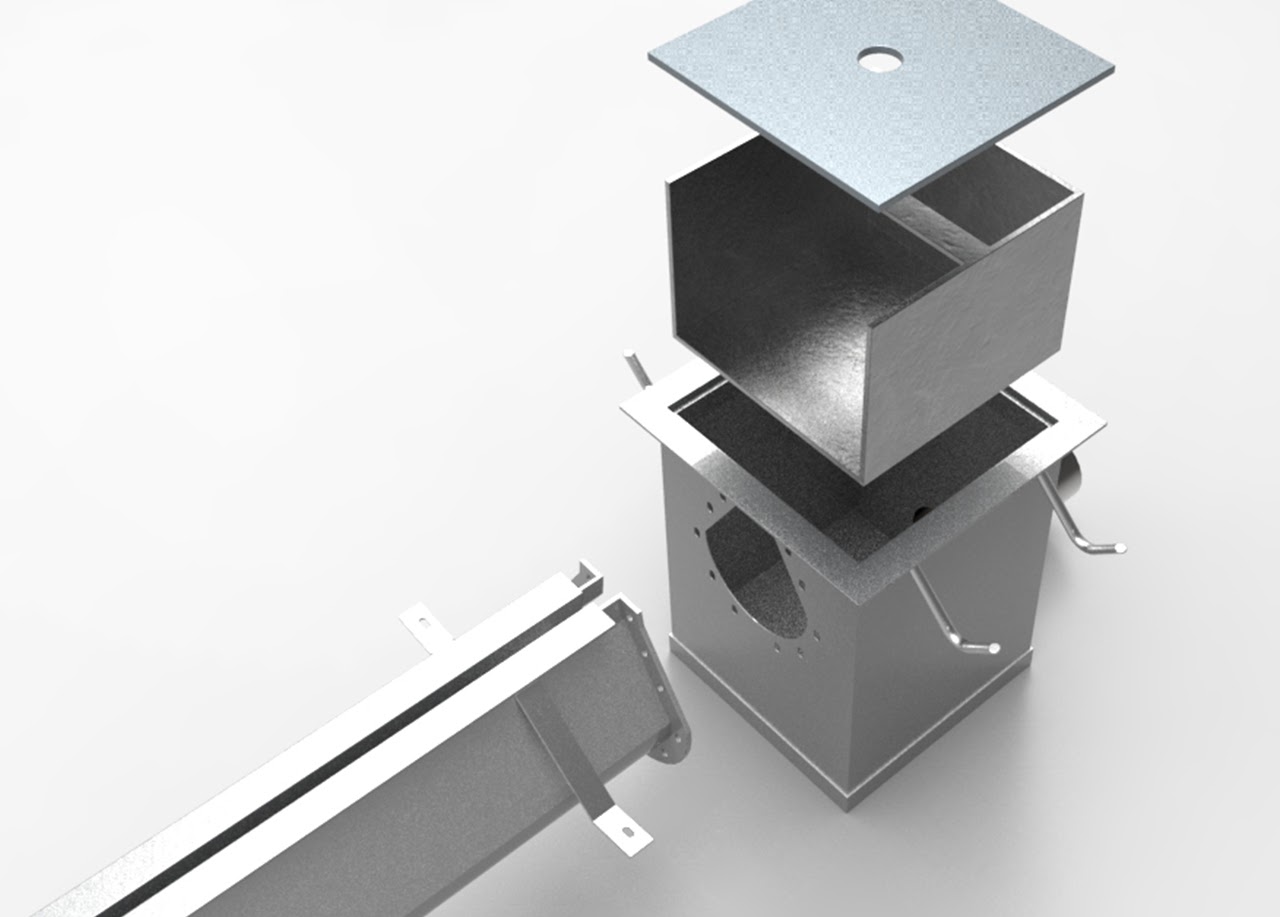
Since running tracks are often in public spaces that are constantly in use, you want (and need) maintenance to be quick and easy. Traditional grated trench systems require a more involved cleaning process, since you have to remove the heavy grate in order to clean the drain and catch basin. You also need to clean the grate before putting it back in place, which can be time-consuming and even unsafe due to their weight.
The slot drain design eliminates that extra and sometimes dangerous work, requiring only basic tools like a brush and paddle for manual cleaning. There are also convenient clean-in-place (CIP) options, such as the Slot Drain Systems Flush-Flo accessory, which provides the option for automated cleaning, allowing your workers get maintenance done in a fraction of the time.
Keeping your track safe and dry
Track drainage is especially important in maintaining the integrity and longevity of your space, as well as ensuring the safety of those who use it.
While there may be many drainage options available, the slot drain system is the ideal solution, combining both impeccable functionality and aesthetically pleasing design.
If you have any questions about your running track project, contact one of our drainage design experts today for a free quote and advice on all your drainage needs.

